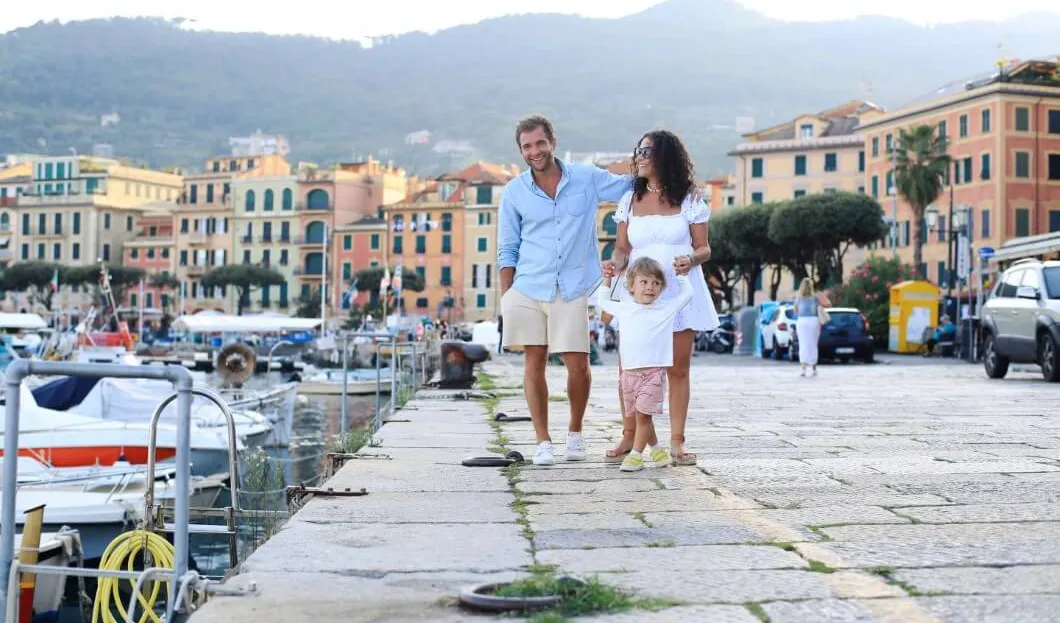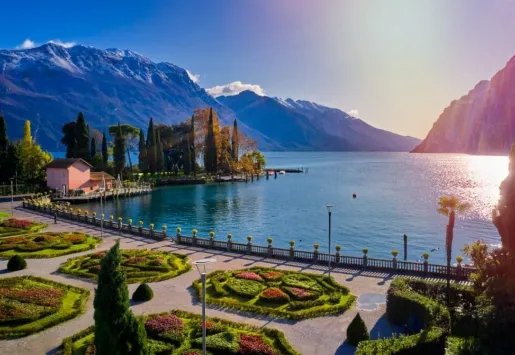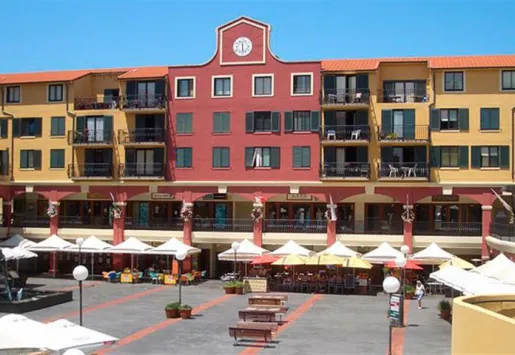
According to the Italian Tourism Forecast for Summer 2024 by the Demoskopika Institute, tourist flows in Italy will increase during the upcoming summer season. The forecast predicts 35.5 million foreigners will opt for an Italian destination, a 5% increase compared to 2023. This foreign component is equivalent to just over half of the expected arrivals, generating up to 135.5 million overnight stays, a 2.2% increase from the previous year.
A proactive scenario could increase the estimates, resulting in 70 million arrivals and 278.3 million overnight stays. This would be an increasing variation of 8.8% and 5.8%, respectively, compared to the same period in 2023.
A more optimistic scenario is projected to surpass the pre-pandemic period of 2019. The projection shows increased arrivals (+6.8%) and overnight stays (+7.0%). If conscious institutional planning is implemented, the Italian tourism system can quickly adapt to the market's needs and tourist expectations. This will ensure that the sector grows in quantity and quality, which could set new standards of success for tourism in Italy.
According to Demoskopika's forecasts, tourism spending in Italy during the summer is expected to exceed €43 billion, an estimated growth rate of 4% compared to the summer months of 2023. However, the positive effect of this growth is undermined by tourism inflation, which is projected to increase by 3.5% compared to the previous year.
The upcoming summer season seems promising for Italian tourism. However, despite having one of the lowest tourism inflation rates among travel destinations, the increased costs of air travel and other critical sectors may lead to the benefits of increased tourism spending being completely absorbed. The latest data from February of this year shows that Italy was among the European destinations with the lowest tourism inflation rate, based on factors such as transport, recreational, cultural, holiday packages, and hotel and restaurant services.
The inflation rate for tourism in Italy has a trend growth of 3.9%, higher than only France (3.7%) and Germany (2.9%). The Harmonised Index of Consumer Prices (HIPC) for the Italian tourism sector is influenced downward by the items relating to "recreational and cultural services" (0.6%). On the other hand, "transport services" have a negative impact, with trend inflation of 5.6%, making Italy and Sweden (6.5%) the countries with the highest price increases.
This trend is confirmed by the March data, which shows a trend in the in the tourism inflation rate of 3.9%, as calculated by Demoskopika. The growth is mainly due to increased transport service prices, led by air. The prices of holiday packages and accommodation services, including hotels, are also increasing. Domestic flight prices are growing faster (19.2%) than international flights (+7.3%).
The exact price dynamic applies to domestic tourist packages, which have increased by 8.2%, presenting a tourist differential of +9.7 percentage points compared to international tourist packages. On the contrary, the latter registered a decrease (-1.5%).












